
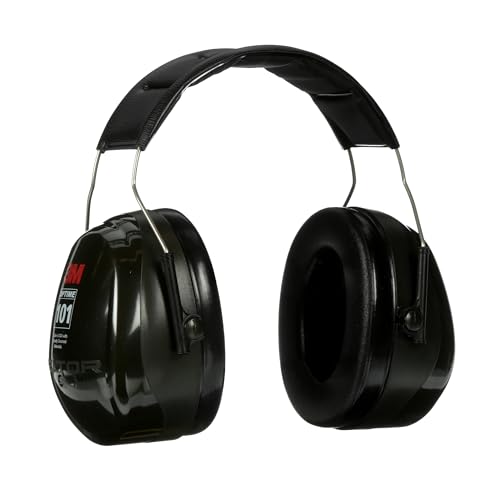
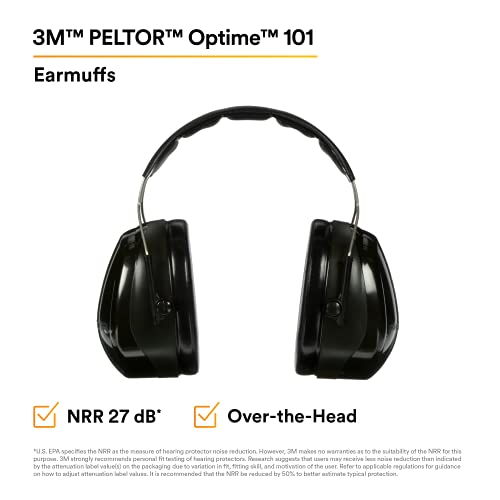
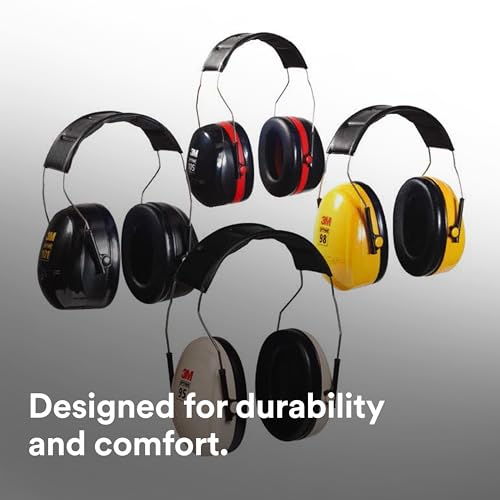
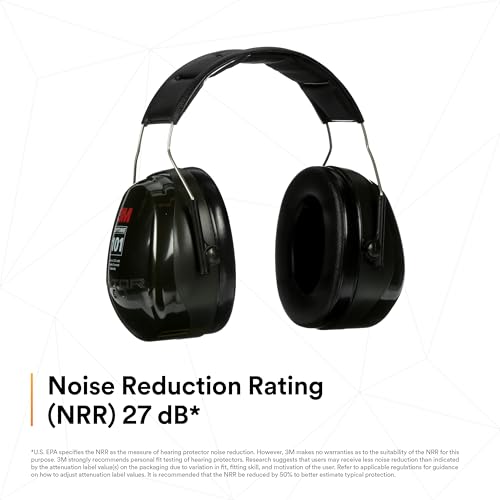
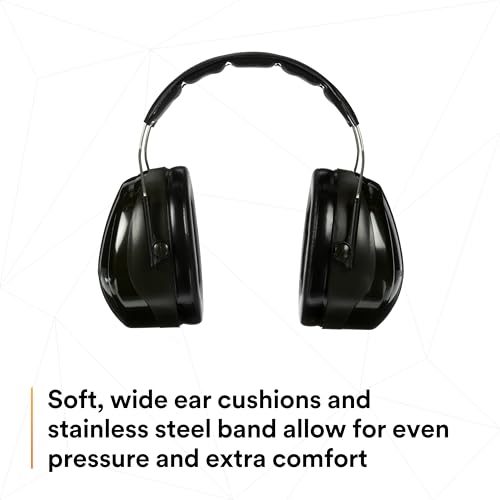





Artículo: AMZ-B007JZCTQW
3M PELTOR Hearing Protection Optime 101 Earmuffs, Over the Head, H7A, 27 dB NRR, Adjustable Earcups, E-A-Rfit Compatible, Stainless Steel, Pack of 1, Black/Red
Size:
Over the head


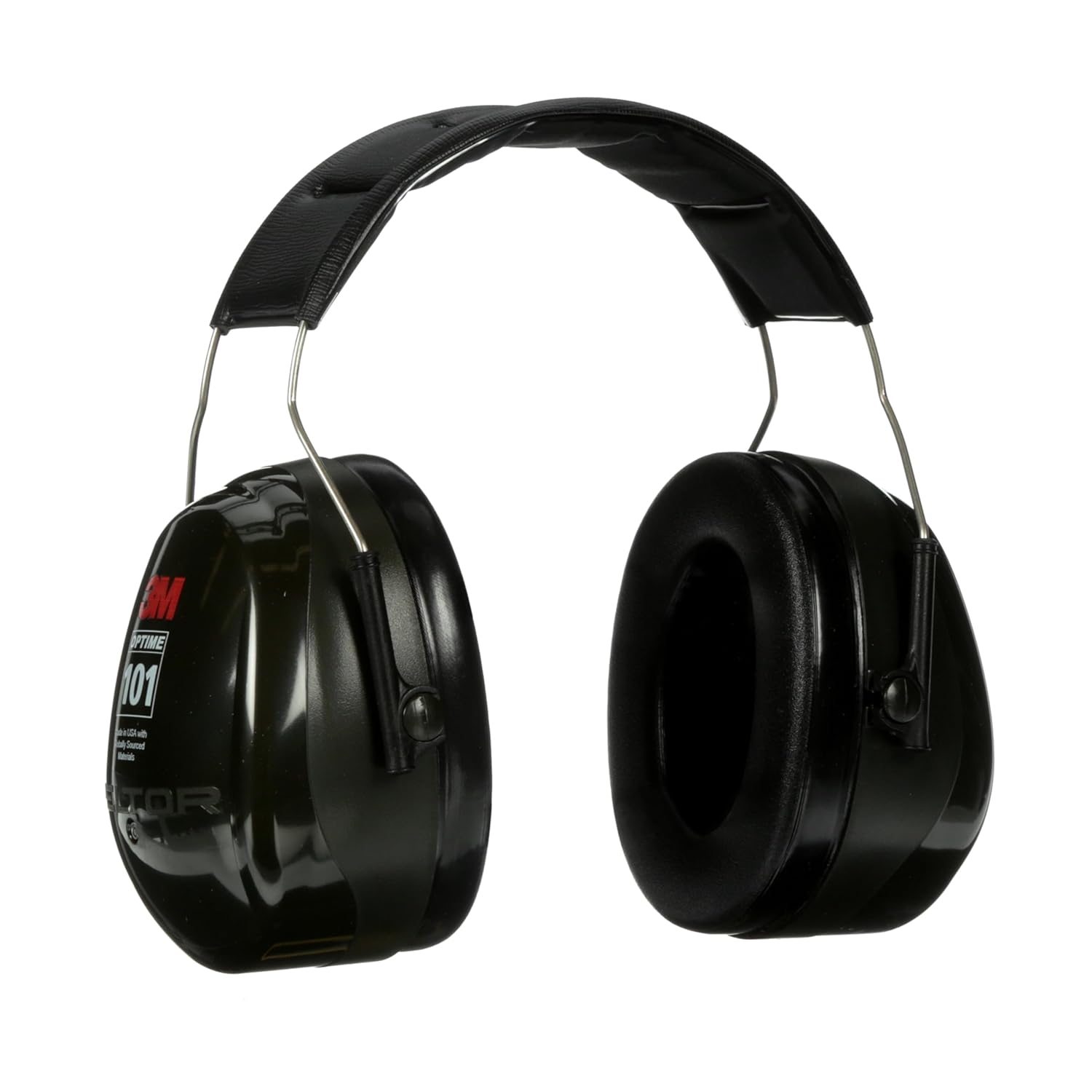
En stock
0.20 kg
Sí
Nuevo
Amazon
- Noise Reduction Rating (NRR)*: 27 dB. CSA Class A *The NRR may overestimate the hearing protection provided during typical use. 3M recommends reducing the NRR by 50% for estimating the amount of noise reduction provided
- Earmuffs recommended for TWA noise exposures up to 101 dBA
- Stainless steel band distributes weight for low-pressure fit
- Earcups with liquid and foam filled cushions offer comfort for long wear and optimum seal
- Earcup pivot points tilt for comfort that adjusts to individual wearers
- For industrial/occupational use only. Not for consumer sale or use
IMPORT EASILY
By purchasing this product you can deduct VAT with your RUT number
Conoce más detalles
3M Peltor Optime 101 Over-the-Head- Earmuffs are recommended for TWA noise exposures up to 101 dBA. A stainless steel headband provides consistent force to keep the earcups snugly in place yet with low-pressure fit that is more comfortable. Earcup pivot points tilt for a fit that is customized to each person who wears the earmuffs. The wide and liquid/foam filled earmuff cushions fit gently to help create a comfortable noise-blocking seal. These comfort features may encourage a higher rate of hearing protection compliance among workers who require hearing protection. Recommended applications for these earmuffs include chipping, chiseling, drilling, furnace operations, grinding, heavy equipment operations, machining, pour/casting, power fastening, riveting, sanding, sawing, and welding. These earmuffs are commonly used in the following industries: agriculture, automotive, chemicals, construction, general manufacturing, healthcare, oil and gas, and pharmaceuticals. For TWA noise exposures up to 101 dBA, these lightweight and comfortable Optime 101 earmuffs have a Noise Reduction Rating (NRR) of 27 dB. The TWA (Time Weighted Average) noise level indicates a worker's daily exposure to occupational noise over an 8 hour day, considering both the average level of noise and the time spent in each area. This measurement is used by OSHA in assessing noise exposure and determining appropriate action. Exposure to loud noises can adversely affect the ability to hear over time. Wearing proper hearing protection devices can help in reducing the harmful effects of noise. Sounds levels are expressed in decibels, often abbreviated as dB. Higher decibel numbers indicate louder sounds. Typical decibel levels associated with common sounds include: outdoors with no people or traffic 20 dB, normal conversation 60 dB, power lawn mower 90 dB, chain saw 110 dB, and 12-gauge shotgun 165 dB. The hearing protector NRR can be used to evaluate different hearing protection options. However, the actual level of protection varies depending on fit, wearing time and other factors.







.svg)


